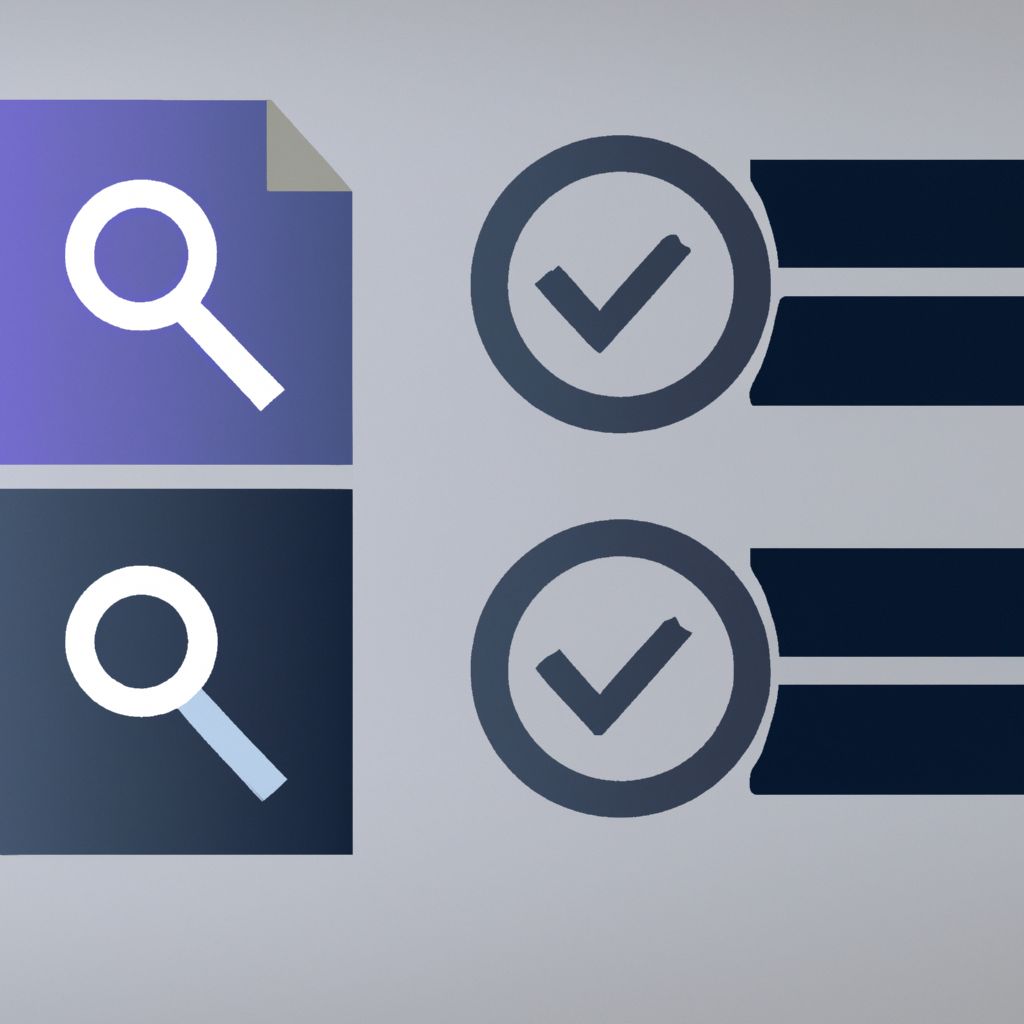What is an Information Security Assessment?
An Information Security Assessment (ISA) is a systematic and comprehensive review of an organization's security posture. Unlike a focused audit that often checks against a specific standard, an assessment takes a broader view, evaluating the effectiveness of security controls, policies, and procedures in protecting information assets against a wide range of threats. The primary goal is to identify vulnerabilities, quantify risks, and provide recommendations for improvement. Think of it as a health check-up for your organization's information security program.
Why are Information Security Assessments Crucial?
In an era where data breaches are frequent and sophisticated cyber threats loom large, ISAs are indispensable for several reasons:
- Risk Identification: Assessments uncover vulnerabilities in systems, networks, applications, and processes that could be exploited by attackers. Identifying these weaknesses allows organizations to prioritize remediation efforts effectively.
- Compliance Verification: Many industries and regulations (like GDPR, HIPAA, PCI DSS, ISO 27001) mandate regular security assessments. ISAs help organizations demonstrate due diligence and meet these compliance requirements, avoiding hefty fines and legal issues.
- Improved Security Posture: By identifying gaps and providing actionable recommendations, assessments help organizations strengthen their defenses, reduce their attack surface, and build a more resilient security infrastructure.
- Informed Decision-Making: Assessment reports provide valuable insights to management, enabling them to make informed decisions about security investments, resource allocation, and strategic planning.
- Building Trust: Demonstrating a commitment to security through regular assessments helps build trust with customers, partners, and stakeholders, assuring them that their data is handled securely.
Common Methodologies for Information Security Assessments
Assessments can be conducted using various methodologies, often tailored to the organization's specific needs and objectives:
- Risk-Based Assessments: Focus on identifying and evaluating the most significant risks to critical information assets. This approach prioritizes efforts based on the likelihood and potential impact of threats, ensuring that the most critical vulnerabilities are addressed first. Techniques like threat modeling and vulnerability analysis are central to this methodology.
- Compliance-Based Assessments: Measure the organization's security controls against specific regulatory standards, industry frameworks, or internal policies. The goal is to verify adherence and identify areas of non-compliance. Examples include assessments against NIST Cybersecurity Framework, ISO 27001, or CIS Controls.
- Vulnerability Assessments: Concentrate specifically on identifying technical vulnerabilities in systems, networks, and applications using scanning tools and manual techniques. While often a component of a broader ISA, a standalone vulnerability assessment provides a focused look at technical weaknesses.
- Maturity Assessments: Evaluate the maturity and effectiveness of the overall information security program against a defined maturity model (like CMMC or a custom framework). This helps organizations understand their current capabilities and plan for future improvements.
Often, a comprehensive ISA will incorporate elements from multiple methodologies.
Key Areas Covered in an Assessment
A thorough information security assessment typically examines various facets of an organization's security landscape:
- Network Security: Reviewing firewalls, intrusion detection/prevention systems (IDPS), network segmentation, wireless security, and VPN configurations.
- System Security: Assessing server hardening, patch management, endpoint security (antivirus, EDR), operating system configurations, and database security.
- Application Security: Evaluating the security of web applications, mobile apps, and APIs through techniques like SAST, DAST, and manual penetration testing.
- Data Security: Examining data encryption (at rest and in transit), data loss prevention (DLP) controls, access controls, and data backup and recovery procedures.
- Policies and Procedures: Reviewing security policies, incident response plans, disaster recovery plans, security awareness training programs, and access management procedures.
- Physical Security: Assessing controls related to facility access, server room security, and protection of physical assets.
- Cloud Security: Evaluating configurations and controls within cloud environments (IaaS, PaaS, SaaS).
The Assessment Process: What to Expect
While specifics vary, a typical ISA process involves:
- Planning & Scoping: Defining objectives, scope, methodology, and timelines.
- Information Gathering: Collecting data through documentation review, interviews, questionnaires, and technical reconnaissance.
- Analysis & Testing: Performing vulnerability scans, penetration testing (if applicable), configuration reviews, and policy analysis.
- Reporting: Documenting findings, including identified vulnerabilities, associated risks, and detailed, prioritized remediation recommendations.
- Remediation & Verification: The organization implements the recommended fixes, followed by potential verification testing by the assessors.
Conclusion: Investing in Security Insight
Information security assessments are not merely a compliance checkbox; they are a strategic investment in understanding and mitigating cyber risk. By providing a clear picture of an organization's security strengths and weaknesses, ISAs empower businesses to proactively protect their critical assets, maintain regulatory compliance, and foster a culture of security. Regular assessments are fundamental to building and maintaining a robust defense against the ever-evolving threat landscape.
Disclaimer: This post represents the view of the individual author that wrote it and not necessarily the view of Rarefied Inc.
Looking for professional security testing?
Based on your interest in this topic, you might benefit from our specialized security services:
